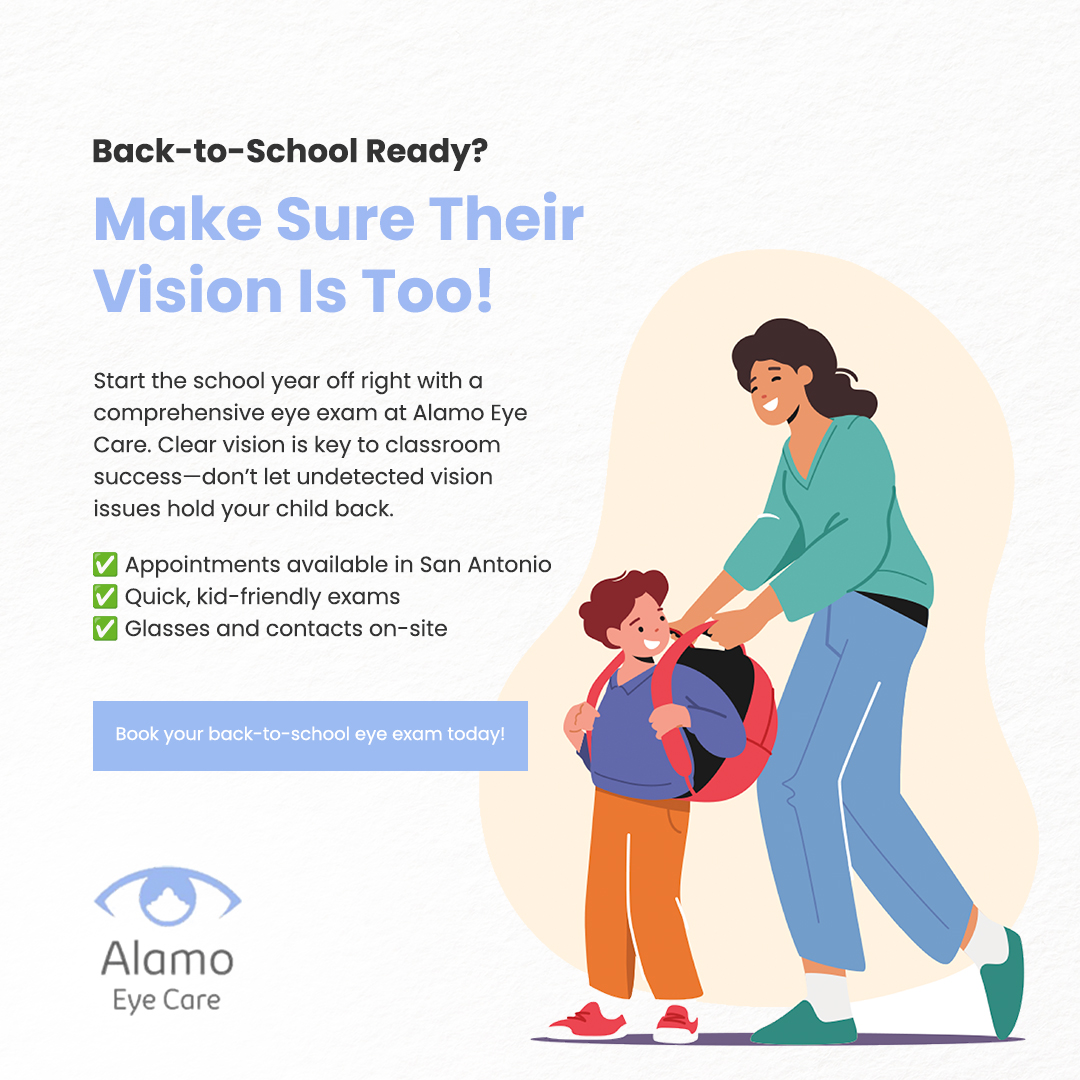
About 1 in every 2,000 people develops keratoconus, a condition that can be life-altering. When you have it, the front of your eye, known as the cornea, grows thinner and weaker over time.
This forces your cornea into a cone shape, which can interfere with your vision. While you may end up needing a corneal transplant as the condition intensifies, there is another option.
Drs. Melanie Frogozo and Swati Kumar and their expert team are pleased to offer a nonsurgical option called corneal cross-linking for keratoconus at Alamo Eye Care in San Antonio, Texas. Take a moment to learn more about it, including benefits you can look forward to.
Corneal cross-linking basics
During corneal cross-linking, you receive numbing drops in your eyes and, if needed, medication to keep you relaxed throughout the procedure. From there, your provider adds eye drops containing vitamin B2 to help your cornea better absorb light.
About 30 minutes later, you recline in a chair and look at a special UV light. This light strengthens the tissues in your cornea by adding bonds between the collagen fibers. In all, corneal cross-linking takes about 60-90 minutes.
Benefits of corneal cross-linking
Corneal cross-linking can bring a range of important benefits when you’re living with keratoconus. By strengthening your cornea, cross-linking treatment can:
Slow down or stop the condition’s progression
Help prevent vision loss or changes
Make contact lenses more tolerable
Help prevent the need for corneal transplant surgery
In fact, corneal cross-linking is the only known treatment that can halt progressive keratoconus without surgery. So not only will you not require a corneal transplant, which is a major surgery, but you won’t have to go through the hassle or risks that accompany surgery, from downtime for recovery to infection risk.
Corneal cross-linking safety and effectiveness
Corneal cross-linking is known to be both safe and effective for treating keratoconus. In a study involving 36 people with the condition, researchers analyzed the outcomes of corneal cross-linking seven years after treatment.
They found that participants had significant and lasting improvement in cornea shape, and without scarring. Keratoconus had not progressed, and none of the participants required additional treatment.
Corneal cross-linking doesn’t reverse damage keratoconus has already caused, so the sooner you receive the treatment, the better your outcome will be.
To learn more about corneal cross-linking for keratoconus, schedule a consultation at our office. Call Alamo Eye Care at 210-469-9744, text us at 210-403-9050, or request an appointment through our website.








